Email marketing can be a powerful tool for businesses, but it’s essential to balance how and when you communicate with your audience. This delicate balance is known as email cadence, and it plays a crucial role in the effectiveness of your email marketing efforts.Perfecting Your Email Cadence for Maximum Impact: Creating a Harmonious Strategy in 2024
Key Components of Email Cadence:
- Frequency: Email cadence involves determining how often you send emails to your subscribers. Sending too many emails can overwhelm your audience and lead to unsubscribes while sending too few can cause your brand to fade into obscurity. Finding the optimal frequency requires understanding your audience’s preferences and balancing the need for regular communication with the risk of appearing spammy.
- Timing: Timing is another critical aspect of email cadence. Sending emails at the right time can significantly impact their open and engagement rates. Factors such as time zone differences, industry norms, and the nature of your content all play a role in determining the best times to send emails. Experimentation and analysis can help you identify the timing that resonates most with your audience.
- Content Relevance: In addition to frequency and timing, the relevance of your email content also influences email cadence. Sending targeted, personalized content that aligns with your subscribers’ interests and needs increases the likelihood of engagement and reduces the risk of unsubscribes. Understanding your audience’s preferences and segmenting your email list accordingly allows you to deliver content that resonates with each recipient.
- Consistency: Consistency is key to maintaining a healthy email cadence. Irregular or sporadic email communication can confuse subscribers and erode their trust in your brand. Establishing a consistent schedule for sending emails helps set expectations and keeps your audience engaged over time.
Key Reasons to Consider Email Cadence:
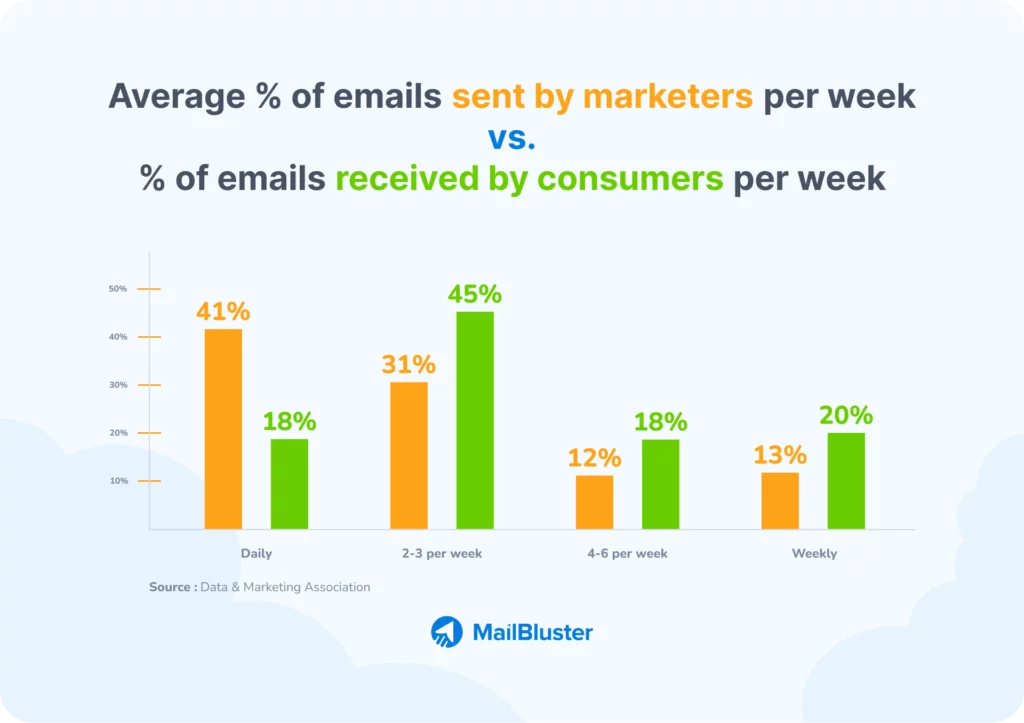
Email cadence plays a crucial role in determining the success of email engagement for several reasons:
- Audience Preferences: Email cadence ensures that you’re aligning your communication frequency with your audience’s preferences. Sending emails too frequently can overwhelm subscribers and lead to unsubscribes while sending them too infrequently can cause your brand to fade from their memory. By understanding your audience’s preferences and adjusting your cadence accordingly, you can strike the right balance and maximize engagement.
- Avoiding Email Fatigue: Overloading subscribers with too many emails can lead to email fatigue, where recipients become desensitized to your messages and disengage from your content. Email cadence helps prevent fatigue by spacing out your communications and ensuring that each email has value and relevance to the recipient. This keeps subscribers engaged and receptive to your messages over time.
- Maintaining Relevance: Consistent communication through appropriate email cadence allows you to stay top-of-mind with your audience without inundating them with irrelevant or repetitive content. By delivering timely and valuable messages, you can maintain relevance and keep subscribers interested in your brand and offerings.
- Building Trust: A well-managed email cadence demonstrates that you respect your subscribers’ time and preferences. By delivering content consistently and at appropriate intervals, you build trust with your audience and establish yourself as a reliable source of information. This trust leads to higher engagement levels and increases the likelihood that subscribers will open, read, and act on your emails.
- Optimizing Performance: Monitoring and adjusting your email cadence based on performance metrics allows you to continually optimize your email campaigns for better engagement. By tracking metrics such as open rates, click-through rates, and unsubscribe rates, you can identify trends and patterns that indicate whether your cadence is effective or needs adjustment. This data-driven approach ensures that you’re continually refining your email strategy to deliver the best possible results.
Strategies to Manage Email Cadence:
1. Set Your Email Marketing Goals
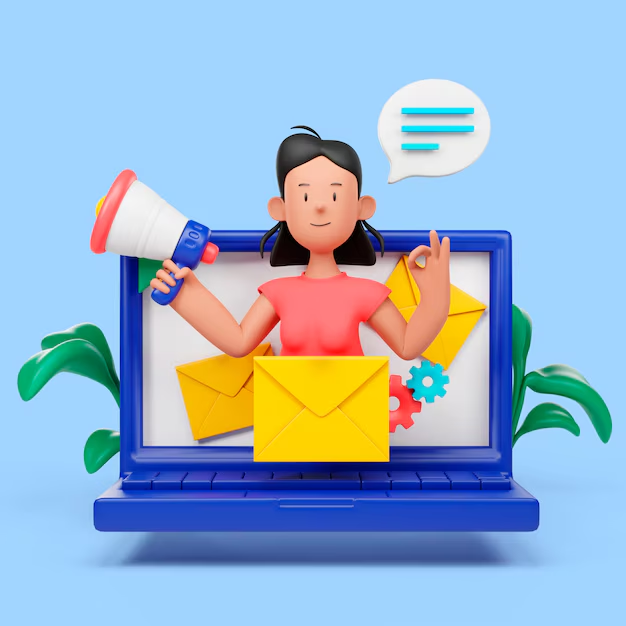
Identify what you aim to achieve through your email marketing efforts. This could include:
- Increasing Website/Blog Traffic: If driving traffic is your goal, your email cadence might focus on sharing blog posts, articles, or other content that directs subscribers to your website.
- Nurturing Leads: For lead nurturing, you'll need a cadence that keeps leads engaged and moves them through the sales funnel. This may involve a series of educational emails, product demos, or exclusive offers.
- Driving Sales: Emails designed to drive sales may include promotions, discounts, or product announcements. Your cadence may be more frequent during sales periods or special promotions.
- Building Authority and Expertise: Establishing authority requires sending high-quality content that showcases your expertise. Your cadence may be less frequent but focused on delivering valuable insights or industry updates.
Tailor your email frequency and content to align with each goal. For instance, nurturing leads may require more frequent communication to keep prospects engaged, while building authority may prioritize quality over quantity.
2. Analyze Customer Behavior and Align Your Strategy
Understanding your audience's behavior is crucial for delivering relevant and timely emails. Here's how to align your strategy:
- Data Gathering: Collect data on subscriber behavior, such as website visits, content engagement, and purchase history. Analytics tools and customer relationship management systems will be used to gather this information.
- Segmentation: Segment your e-mail list based on factors as demographics, behavior, or preferences. This allows you to tailor content and cadence to different audience segments. For example, active subscribers may receive more frequent emails than inactive ones.
- Personalization: Utilize subscriber data to personalize email content and timing. Send targeted messages based on subscriber preferences, past interactions, or lifecycle stage. Personalized emails have high open and click-through rates, leading to better engagement.
- Automated Triggers: Set up automated email triggers based on specific actions or events, like website visits, abandoned carts, or subscription renewals. These triggered emails are highly relevant and timely, increasing their effectiveness.
By analyzing customer behavior and aligning your email strategy accordingly, you can deliver emails that resonate with your audience and drive desired outcomes. This targeted strategy ensures that your emails are not only well-received but also contribute to your overall marketing goals.
3. Create a Welcome Email and Set Expectations
Setting clear expectations from the outset is vital for maintaining subscriber satisfaction. Here's how to implement this best practice:
- Craft a Welcome Email: Immediately after subscribers opt-in, send them a welcome email. This email should ideally thank them for subscribing and provide a brief introduction to your brand or service.
- Communicate Email Frequency: In the welcome email, clearly communicate how often the subscribers can expect the emails. This transparency helps manage expectations and prevents subscribers from feeling overwhelmed or surprised by the frequency of emails.
- Option to Adjust Frequency: Consider giving subscribers the option to adjust their email frequency preferences. Include links/buttons which allow them to choose between different frequency options, such as weekly, bi-weekly, or monthly. This empowers subscribers to customize their email experience according to their preferences.
Example: Trello's Welcome Email
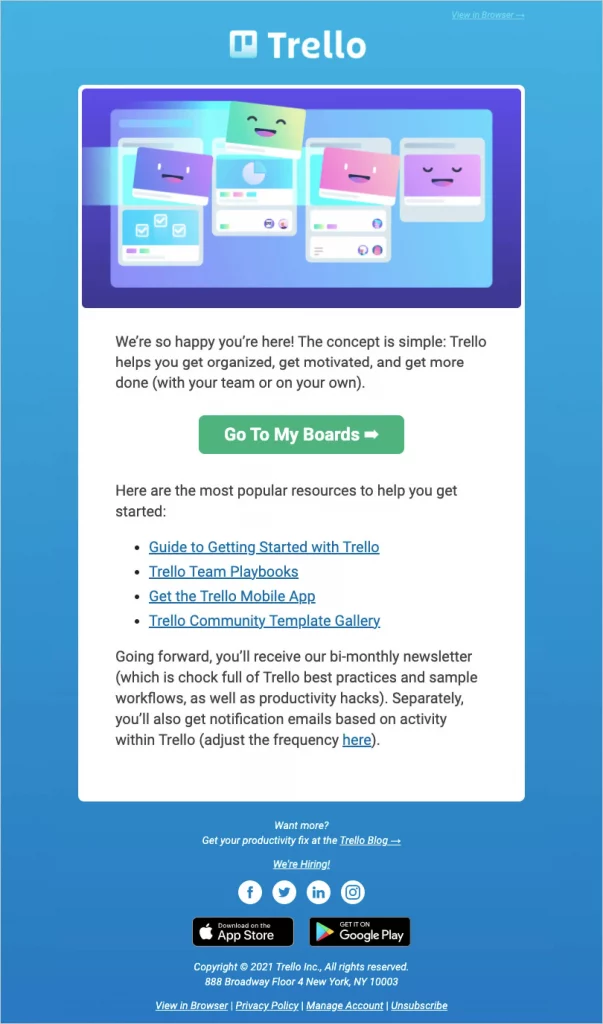
Trello's welcome email is a stellar example of setting expectations and offering customization options. They inform subscribers about the frequency of their newsletter and provide a convenient link to adjust email preferences according to individual preferences.
4. Segment Your Subscribers for Better Targeting
Segmentation allows you to tailor the email content and cadence to specific audience segments. Here's how to leverage segmentation effectively:
- Identify Segmentation Criteria: Determine relevant segmentation criteria based on subscriber characteristics, behaviors, or preferences. This includes factors such as demographics, interests, purchase history, or engagement level.
- Provide Subscription Options: On your email sign-up page, offer multiple subscription options based on different interests or content preferences. Clearly indicate the frequency associated with each subscription option, allowing subscribers to self-select the content and cadence that aligns with their preferences.
- Dynamic Content Personalization: Use dynamic content blocks within your emails to deliver personalized content based on the subscriber segmentation. This ensures that each subscriber receives content that is relevant and engaging to them, increasing overall email effectiveness.
Example: Marketing and Business Tips Segmentation
For example, you could segment subscribers into categories such as Marketing and Business Tips. Subscribers can choose to receive emails tailored to their specific interests, with clear indications of the frequency for each category.
5. Include a Survey to Get Honest Feedback
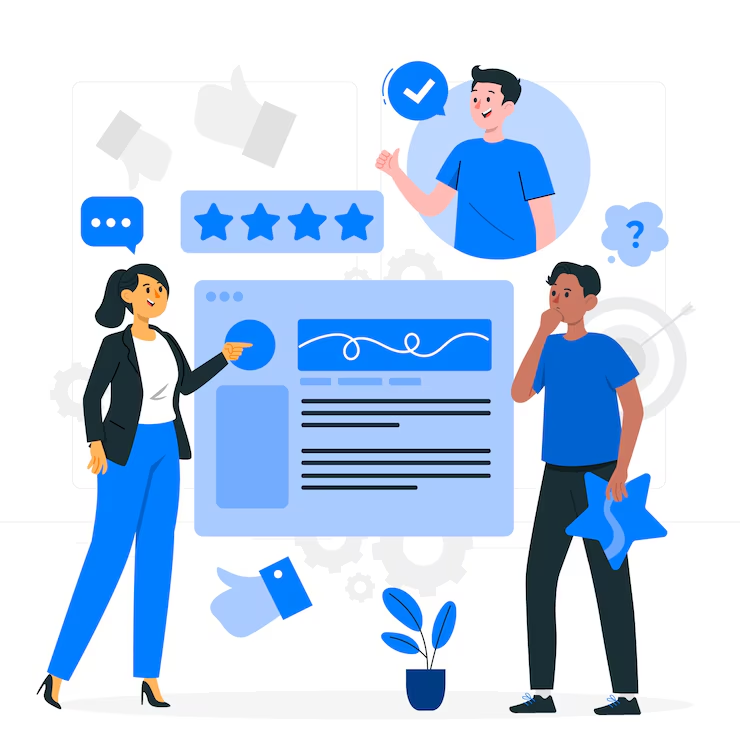
Feedback from subscribers is invaluable for refining your email strategy. Here's how to solicit honest feedback through surveys:
- Create a Feedback Survey: Develop a simple survey that asks subscribers about their satisfaction with the frequency of emails they receive. Include questions about whether they find the emails valuable and if the frequency aligns with their preferences.
- Incorporate Survey Links: Include links to the feedback survey in your email communications. Encourage subscribers to provide honest feedback to help improve the email experience.
- Analyze and Act on Feedback: Review survey responses regularly and use insights to make informed decisions about adjusting email frequency or content. Address any concerns or suggestions raised by subscribers to demonstrate responsiveness to their feedback.
By actively soliciting feedback from subscribers, you demonstrate a commitment to meeting the needs and preferences, thus improving the effectiveness of the email marketing efforts.
6. Strike the Right Balance Between Engagement and Respect
Achieving the delicate balance between maintaining engagement and respecting your subscribers' inbox space is paramount. Here's how to navigate this balance effectively:
- Avoid Spamming: Bombarding subscribers with excessive emails will likely lead to frustration and disengagement. Respect their inbox by avoiding overwhelming them with irrelevant or redundant content.
- Stay Visible: On the other hand, being too passive can result in your brand fading into the background of subscribers' minds. Strive to maintain visibility without inundating subscribers with emails.
- Create an Email Calendar: Develop a structured email marketing calendar to maintain consistency in your email communications. This ensures that you stay on track with your email cadence and deliver valuable content to subscribers at regular intervals.
- Coordinate with Other Departments: Collaborate with other departments within your organization to ensure alignment and avoid email overload. Coordinate email campaigns to prevent sending conflicting or excessive emails to subscribers within a short timeframe.
Example: Implementing an Email Calendar
By implementing an email calendar, you can strategically plan and schedule your email campaigns, ensuring a balanced cadence that keeps subscribers engaged without overwhelming them with excessive emails.
Learn why your emails may be going to the spam folder.
7. Monitor Email Performance Metrics
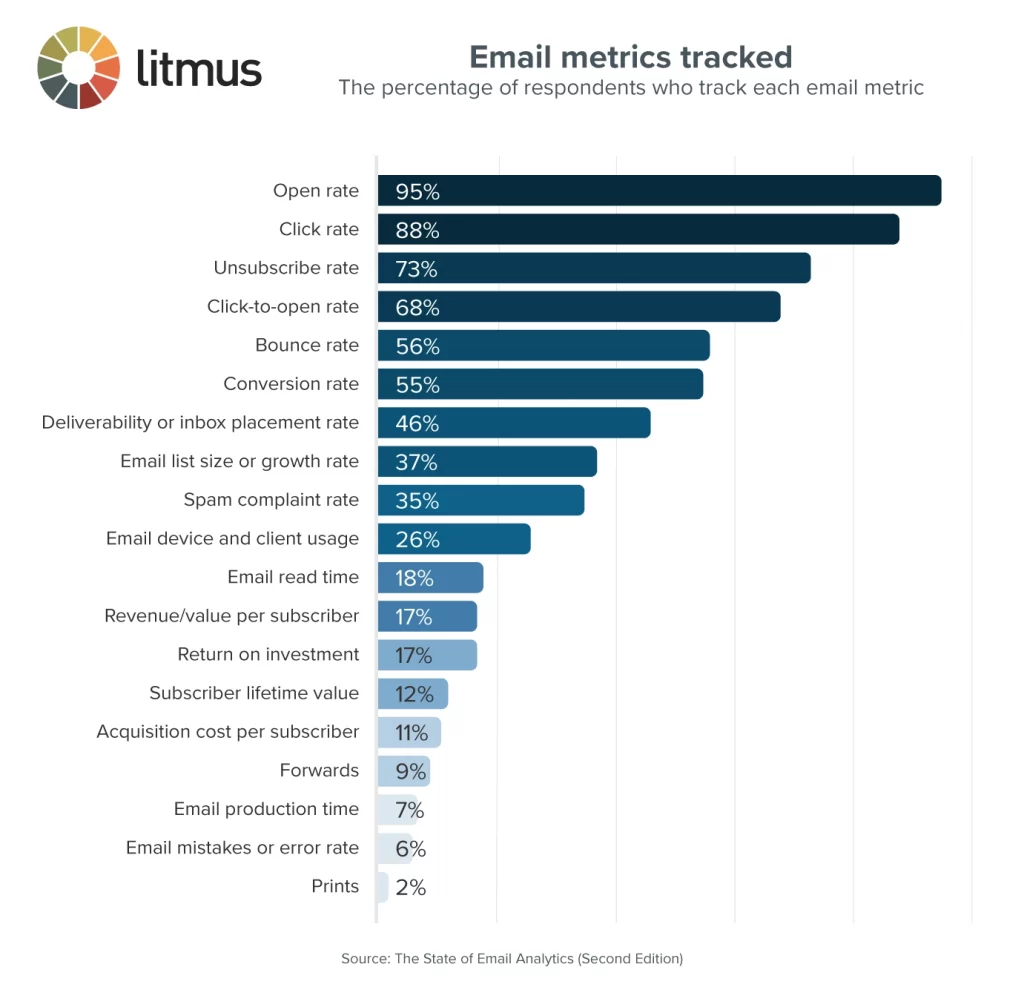
Regularly monitoring email analytics is essential for evaluating the effectiveness of your email marketing efforts. Here's how to leverage analytics to optimize your strategy:
- Track Key Metrics: Monitor key performance indicators like open rates, CTR, and unsubscribe rates to gauge the success of your email campaigns.
- Identify Trends and Patterns: Analyze trends and patterns in email engagement metrics to identify areas for improvement. Determine which types of content or email cadences resonate the most with the audience and adjust your strategy accordingly.
- Iterate and Improve: Use insights from email analytics to refine your email marketing strategy eventually. Experiment with different approaches, such as adjusting email frequency or personalizing content, to optimize engagement and drive results.
Example: Analyzing Click-Through Rates
By regularly analyzing click-through rates, you can assess the effectiveness of your email content and CTAs. Identify trends in click-through behavior to refine your messaging and design emails that drive higher engagement and conversions.
8. Leverage Personalization to Enhance Engagement
Personalization is a powerful tool for fostering stronger connections with your subscribers. Here's how to incorporate personalization into your email marketing strategy:
- Address Subscribers by Name: Use subscriber names to personalize email greetings and content, creating a more personalized experience for recipients.
- Tailor Offers and Recommendations: Leverage subscriber data, such as past purchase history or browsing behavior, to tailor product recommendations and offers to personal preferences.
- Offer Exclusive Deals: Provide exclusive discounts or promotions to email subscribers as a way to reward loyalty and incentivize engagement.
Example: Personalized Product Recommendations
By analyzing subscriber purchase history, you can curate personalized product recommendations tailored to each recipient's interests and preferences. Including personalized product suggestions in your emails enhances relevance and encourages engagement with your brand.
Conclusion:
Effective email cadence is essential for achieving your marketing goals and maintaining positive relationships with your subscribers. By understanding your objectives and tailoring your email frequency and content accordingly, you can optimize engagement, nurture leads, and drive conversions. Remember to strike the right balance between frequency and value, ensuring that your emails provide relevant and valuable content to your audience.
FAQs on Email Cadence:
What are the consequences of sending emails too frequently?
Sending emails too frequently can lead to email fatigue, where subscribers become overwhelmed or annoyed by the volume of emails they receive. This can result in higher unsubscribe rates, decreased engagement, and damage to your brand reputation.
How can I maintain a consistent email cadence?
To maintain a consistent email cadence, create an email marketing calendar outlining the frequency and timing of your email campaigns. Use automation tools to schedule emails in advance and ensure timely delivery. Regularly review and adjust your cadence based on performance metrics and feedback from your subscribers.
What should I do if subscribers complain about the frequency of emails?
If subscribers complain about the frequency of emails, consider sending a preference center email allowing them to choose their email frequency or opt out of specific types of emails. Additionally, analyze subscriber engagement data to identify patterns and adjust your cadence accordingly to better meet their needs.



